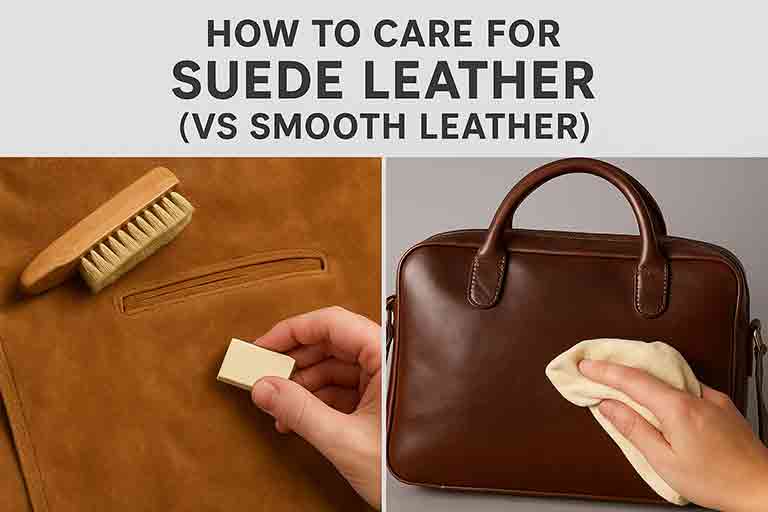
How Much Do Motorcycle Helmets Loosen Up?
, by Syed Khawar Bukhari, 4 min reading time

, by Syed Khawar Bukhari, 4 min reading time
Motorcycle helmets are essential for rider safety, providing protection against impacts and reducing the risk of head injuries. However, one common question among riders is: how much do motorcycle helmets loosen up over time? In this comprehensive guide, we’ll delve into the factors that contribute to helmet loosening, how to ensure a proper fit, and tips for maintaining your helmet's integrity.
Motorcycle helmets are designed with comfort liners and padding that adapt to the shape of your head. These liners are often made from materials like EPS foam (Expanded Polystyrene) or other cushioning materials, which are compressible. Over time, the following factors contribute to loosening:
New helmets typically have a break-in period, during which the padding adjusts to fit your head snugly. While this is normal, it also leads to slight loosening. Most helmets will loosen by about 10-20% during this period, which is why a snug fit initially is crucial.
A properly fitting helmet is vital to ensure safety and comfort. Follow these steps to find your size:
When trying on a helmet:
During the first few weeks of use, it’s normal for a helmet to loosen slightly as the padding conforms to your head shape. This loosening typically amounts to about 1/4 inch in circumference.
Over months or years of regular use, the helmet may loosen further due to:
A helmet that has loosened excessively may no longer provide adequate protection. Here are key signs:
Even with proper care, it’s recommended to replace your helmet every 5-7 years or sooner if:
Since helmets naturally loosen, opt for a slightly tighter fit when buying a new one. Make sure the tightness is tolerable and doesn’t cause pain.
Proper maintenance can slow the loosening process:
If your helmet has loosened slightly but is still within the safe range, consider using fit adjusters or replacement pads to restore a snug fit.
Motorcycle helmets are designed to fit snugly but will inevitably loosen over time due to wear and tear. Starting with a properly fitting helmet, maintaining it well, and recognizing signs of excessive loosening are crucial for ensuring your safety. By following the tips outlined above, you can prolong your helmet's lifespan and continue riding with confidence.
1. Can a loose helmet be dangerous?
Yes, a loose helmet compromises safety by reducing impact protection and increasing the risk of the helmet coming off during an accident.
2. How do I know if my helmet fits properly?
Your helmet should feel snug all around without causing discomfort. There should be no significant gaps between your head and the padding.
3. Do all helmet brands loosen the same way?
No, the degree of loosening depends on the brand, material quality, and type of helmet (e.g., full-face, modular, or open-face). Premium brands often use higher-quality materials that retain their shape longer.


